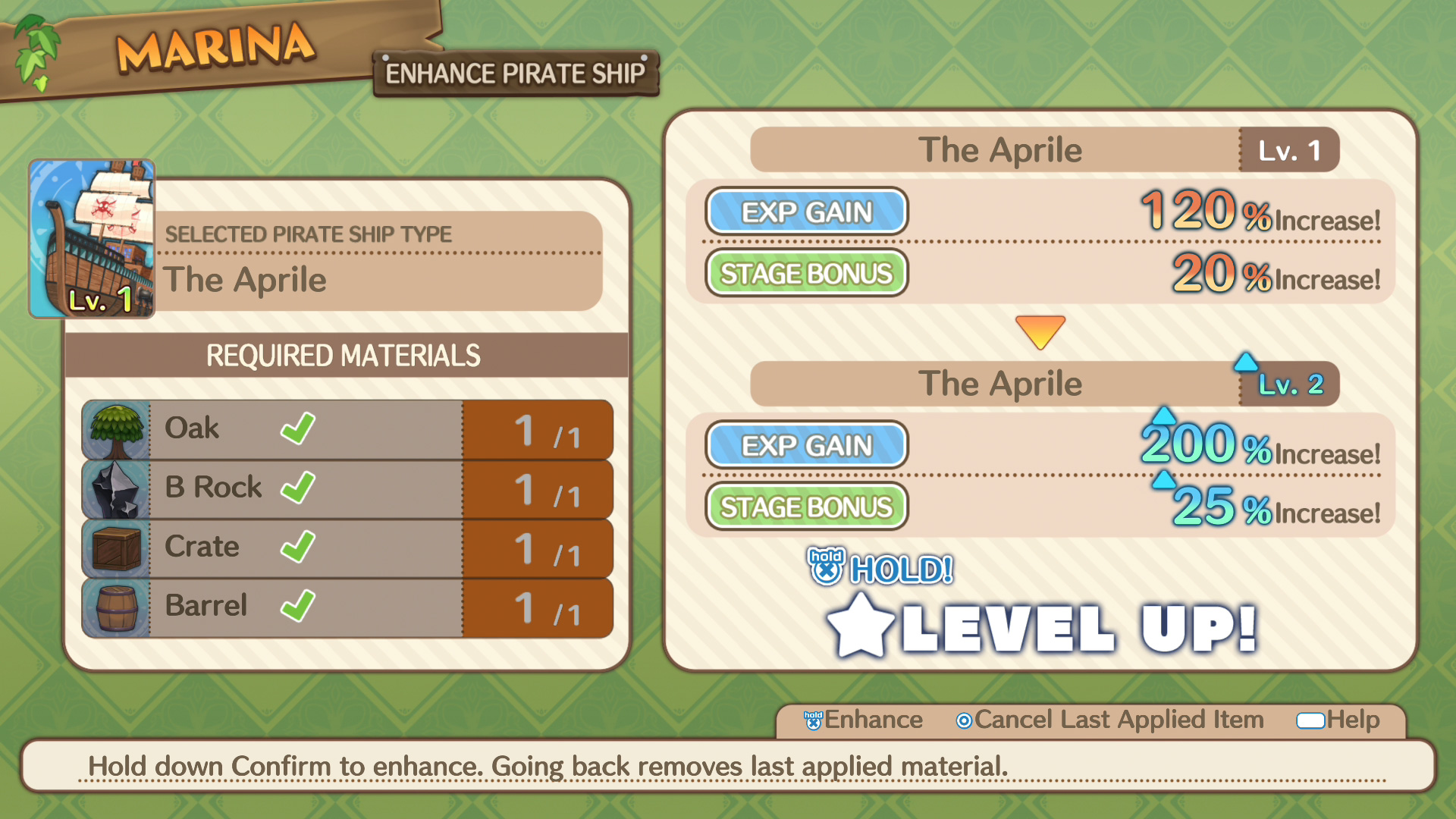
My Marona
The original Phantom Brave was released for PS2 in 2004. Nintendo fans are more likely to remember its expanded Wii remake, Phantom Brave: We Meet Again, from 2009, or its inclusion in Prinny Presents NIS Classics Volume 1 on the Switch.
If you’ve played any of those versions, you’re surely looking forward to the Switch release of Phantom Brave: The Lost Hero on January 30th. If you haven’t, you should be looking forward to it anyway, especially if you’re a fan of strategy RPGs or the Disgaea approach to game visuals and storytelling.
Last week, Pure Nintendo joined NIS America and development team member Kento Jobana for an online preview and Q&A. This served as my introduction to the Phantom Brave series, and I came away with the following impressions, presented—as always, for your convenience—in bullet point format.
- Straight away, no fears if you’ve never played a Phantom Brave game. Although The Lost Hero contains characters from and is considered a follow-up to the original, it’s very much a standalone adventure.
- The general story follows a young explorer, Marona, as she sails the ocean world of Ivoire providing aid to those in need. But when a ghost fleet starts to wreak havoc, it’ll be up to Marona to assemble the crew that can ward them off.
- As with a lot of Nippon Ichi games, players can expect a fun and humorous tone set overtop of a rather dark undercurrent.
- The developers very much want you to play this game your way. As you’ll see, there are plenty of customizations that can overwhelm newcomers. To help with this, players can select a difficulty level that either allows you to coast through the story without much challenge or force you to really tinker with the game’s systems in order to achieve victory. Note, however, that the difficulty cannot be changed once selected.
- Those customizations center around creating character builds from 51 different types. The types of units you create will also determine which shops you can build for helpful items. A chef gets you the juice bar. An angler gets you the ability to salvage for treasure. The engineer allows you to create and power up gadgets for battle.
- If you find you’re missing a needed unit for a specific map, you can simply create a new unit and level him/her(/it?) up immediately using “juice points.” Gotta save that juice, though, to have enough ready.
- Phantom Brave: The Lost Hero utilizes non-traditional character types, such as a chef and a musician who bring unique skills and characteristics to the game. Uncovering these unit types and figuring out how to best utilize them in combat is sure to be one of the more intriguing aspects of gameplay.
- Customization is not limited to character creation, however. Players will also have the ability to create ships for them to sail on (and that provide various bonuses) and dungeons for them to explore (and for leveling up and discovering unique items)! Our demo didn’t go into too much detail on this process, however, so I can’t say yet how involved these processes are.

- How about gameplay? Combat is turn-based and confirmed to an isometric platform of various sizes, depending upon the level. Your characters are able to move freely within a circle that shrinks the more you roam around. When the circle is as small as your character, you can no longer move. However, you’re free to back up to pick a different route before committing.
- The unique thing about this is that Marona “confines” your created characters to objects in the circle for use in the playing field. So, you’re not just moving to attack, you’re moving to reach a tree or tuft of grass so that you can turn it into a specific character you’ve created. That character then has a limited number of moves before disappearing. Characters can also be confined to “gadgets” such as canons, but not if they’re in the possession of an enemy.
- As for how all of this will perform on the Switch, I’m afraid I can’t say; the preview was not run on Nintendo hardware. The turn-based battles don’t seem to be processor heavy, however, and the numerous creation/customization menus are presented in a way that looks easily readable in handheld mode.
Being totally new to Phantom Brave, this demo provided an awful lot to take in. I’m sure plenty of additional game elements will be detailed as we approach the game’s January 30th launch, too. The good news is that we’ll be getting a demo ahead of that so you can try everything out.
Until then, you can head on over to nisamerica.com/phantombrave-the-lost-hero/ for additional information. Be sure to check out the Limited Edition and Deluxe Edition physical releases while you’re there, both of which are now open for preorders.







